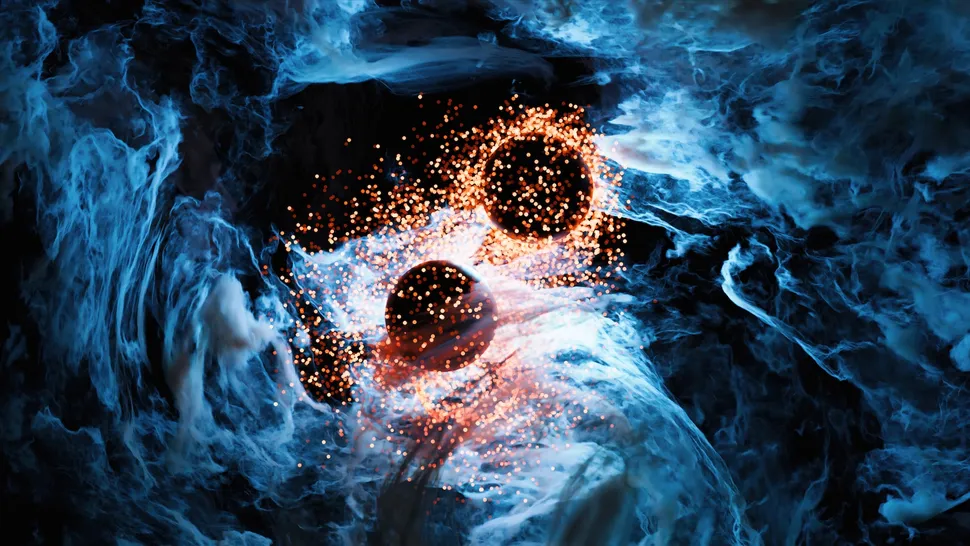
HELSINKI – A groundbreaking theory may redefine gravity and challenge Einstein’s principles by merging it with quantum mechanics.
Breaking: New Quantum Gravity Theory Emerges
Physicists have taken a significant leap forward in theoretical physics by proposing a novel approach to reconcile gravity with quantum mechanics. In a recent paper published in the Reports on Progress in Physics, researchers outlined a reformulation of gravity that could potentially offer a quantum-compatible description without the need for extra dimensions or the exotic features often associated with string theory.
Immediate Impact
At the core of this innovative proposal is a fundamental rethinking of how gravity operates. While forces like electromagnetism are described using quantum field theory, gravity has stubbornly remained a classical theory under Einstein’s general relativity. The new approach, however, reinterprets the gravitational field to align more closely with quantum field theories.
“The key finding is that our theory provides a new approach to quantum gravity in a way that resembles the formulation of the other fundamental interactions of the Standard Model,” said Mikko Partanen, a physicist at Aalto University in Finland.
Key Details Emerge
Instead of the traditional view of gravity as the curvature of space-time, this model suggests gravity is mediated by four interrelated fields. These fields respond to mass similarly to how electric and magnetic fields respond to charge and current. This approach allows for the incorporation of quantum effects without the mathematical inconsistencies that plagued previous attempts to quantize general relativity.
The new framework avoids common pitfalls like unphysical infinities and negative probabilities, offering a well-defined quantum theory.
Industry Response
The simplicity of this theory sets it apart from other quantum gravity models, which often require undetected particles and additional forces. “Our theory does not need extra dimensions that do not yet have direct experimental support,” said Jukka Tulkki, a professor at Aalto University and co-author of the paper. “Furthermore, the theory does not need any free parameters beyond the known physical constants.”
By the Numbers
- Four interrelated fields mediate gravity in the new model.
- No extra dimensions or exotic features required.
- The theory aligns with existing quantum field theories.
What Comes Next
Despite its promise, the model remains in its infancy. Preliminary calculations suggest it holds up under standard consistency checks, but a complete proof is still needed. Additionally, the framework has yet to tackle profound questions like the nature of black hole singularities or the physics of the Big Bang.
“Testing quantum gravity effects is challenging due to the weakness of gravitational interaction,” Tulkki noted. However, any future experiment probing quantum gravitational behavior could potentially confirm or refute this new proposal.
Background Context
The quest for a unified theory of gravity and quantum mechanics has long been a holy grail in physics. Einstein’s general relativity and quantum mechanics are cornerstones of modern physics, yet their incompatibility has led to numerous theoretical efforts, including string theory and loop quantum gravity, to bridge the gap.
Expert Analysis
“Given the current pace of theoretical and observational advancements, it could take a few decades to make the first experimental breakthroughs that give us direct evidence of quantum gravity effects,” Partanen said. “Indirect evidence through advanced observations could be obtained earlier.”
Forward-Looking Implications
For now, Partanen and Tulkki’s work opens a promising avenue for theorists pursuing a quantum theory of gravity. By staying grounded in the successful frameworks of particle physics, their approach may eventually unlock some of the universe’s most profound mysteries.






